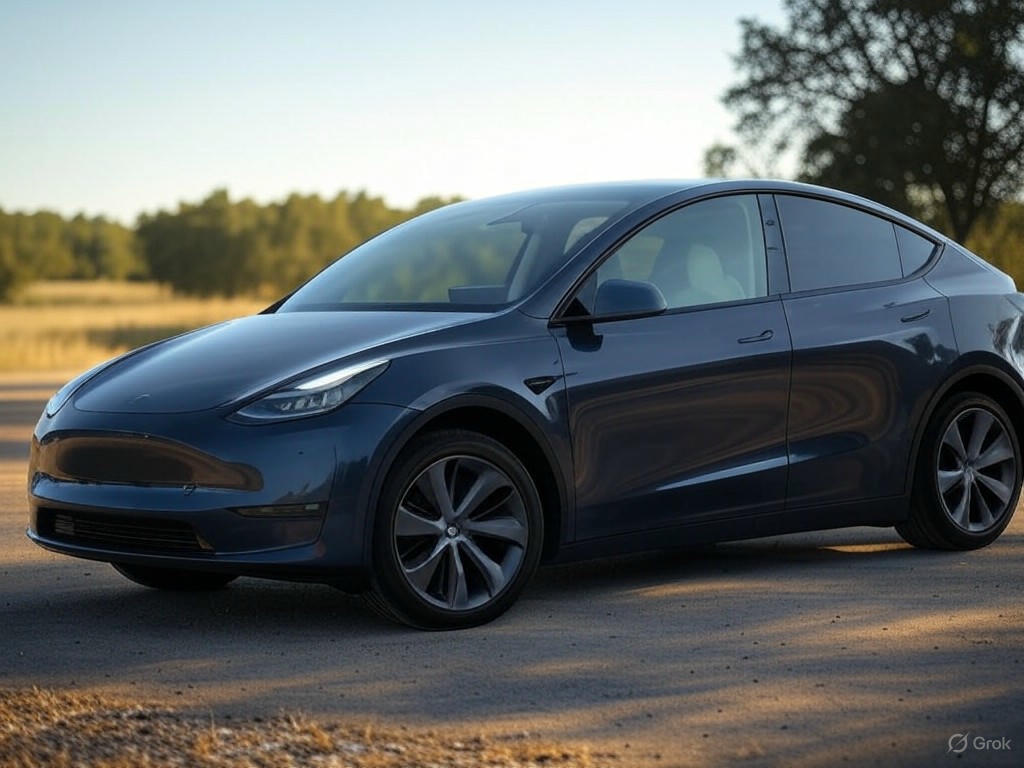Tesla Hits Pause: Model Y and Cybertruck Production to Halt Over July 4 Week
Tesla, the electric vehicle giant, has announced a temporary suspension of production for its popular Model Y and highly anticipated Cybertruck during the week of July 4. This move marks the third production pause for the automaker within the last year, raising questions about the company’s operational strategy and market dynamics in the fast-evolving EV sector.
The decision to halt manufacturing at a time when demand for electric vehicles continues to grow globally comes as a surprise to many industry watchers. While Tesla has not officially disclosed the reasons behind this latest shutdown, speculation abounds. Some analysts suggest that the pause could be tied to supply chain adjustments, factory upgrades, or inventory management as the company balances production with fluctuating consumer demand. Others point to potential labor considerations, especially around the holiday period, as a contributing factor. Whatever the cause, this interruption is a reminder of the complex challenges even industry leaders face in maintaining seamless operations.
Tesla’s previous production halts over the past 12 months have often coincided with strategic pivots. For instance, earlier pauses were linked to retooling efforts for new vehicle features and addressing bottlenecks in the supply of critical components like batteries. The Model Y, one of Tesla’s best-selling vehicles, has been a cornerstone of its market dominance, while the Cybertruck, with its futuristic design, represents the company’s bold push into the competitive pickup truck segment. Any delay in production for these models could impact delivery timelines and customer expectations, especially for Cybertruck pre-order holders who have already faced extended wait times since the vehicle’s unveiling.
Industry experts are divided on the long-term implications of these recurring shutdowns. On one hand, short-term pauses can allow Tesla to refine its manufacturing processes and ensure quality control, ultimately benefiting consumers with better products. On the other hand, frequent stops might signal deeper operational inefficiencies or external pressures, such as raw material shortages or geopolitical tensions affecting the global supply chain. Competitors like Rivian, Ford, and BYD are closely watching Tesla’s moves, ready to capitalize on any perceived missteps in a market where every production day counts.
As Tesla navigates this latest pause, the broader electric vehicle landscape continues to heat up. With government incentives for green technology and increasing consumer interest in sustainable transportation, the stakes are higher than ever. Tesla’s ability to quickly resume and ramp up production post-shutdown will be critical in maintaining its edge. For now, stakeholders and fans alike are left to ponder whether this July 4 hiatus is a minor blip or a sign of bigger challenges ahead for the EV pioneer. As the week approaches, all eyes will be on Tesla to see how it emerges from this planned downtime and what it means for the future of its flagship models.


